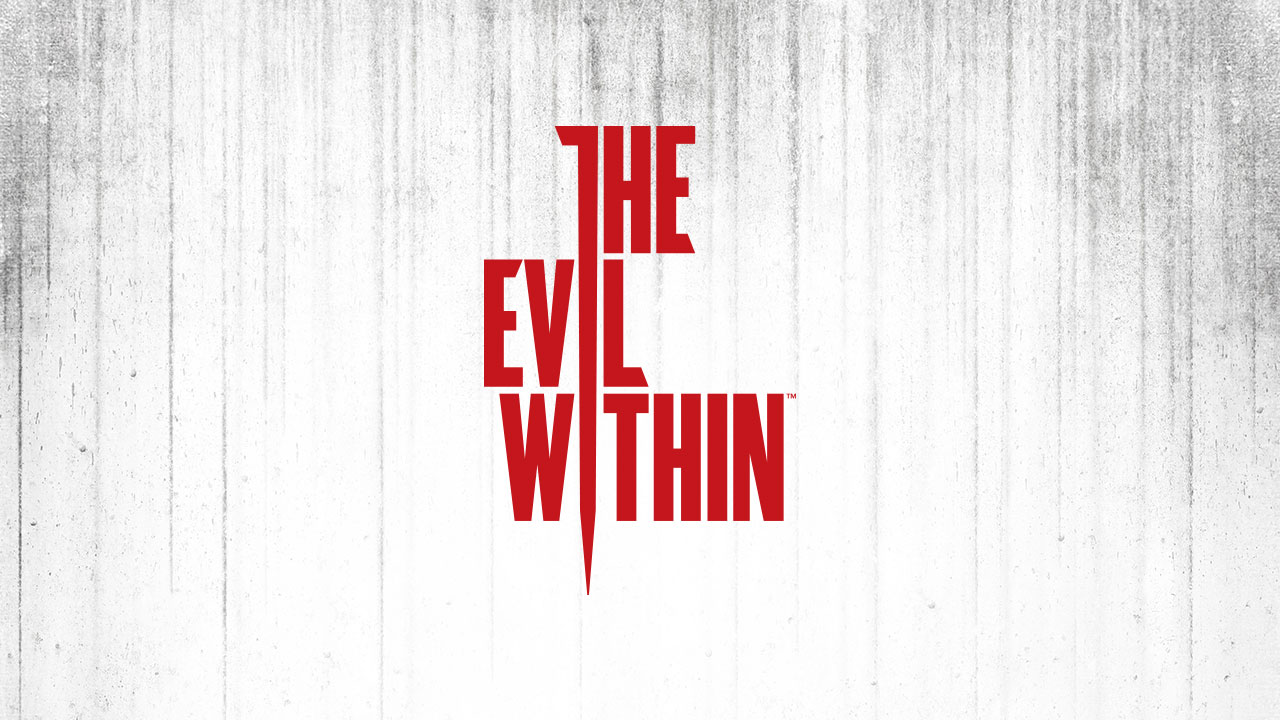
The Evil Within
Tango Gameworks
After recently playing the little indie survival-horror gem Outlast, I wondered why there was such a lack of really scary games out there for the gaming PC community. Sure, Alien: Isolation as well as the earlier Penumbra series of games were definitely frightening and nerve racking in their own right, but no other games really came to mind. Zombies never really moved the needle for me in the horror department, just the way that vampires, wolf-men, mummies, and the like seem silly and juvenile, at least in my opinion. In that respect, the Resident Evil series was okay but not really my cup of tea since it was all about the shambling dead.
Enter The Evil Within, yet another survival-horror game directed by the genre’s big granddaddy, Shinji Mikami, and yet another game with the word “Evil” in it. With it, we get a rather unwieldly third-person perspective, zombie-esque villagers who are possessed by some sort of evil entity, copious pools of blood, gratuitous gore and violence, lots of corny voice acting, and a plethora of tried and true survival-horror troupes, such as being able to run and hide in lockers and under tables.
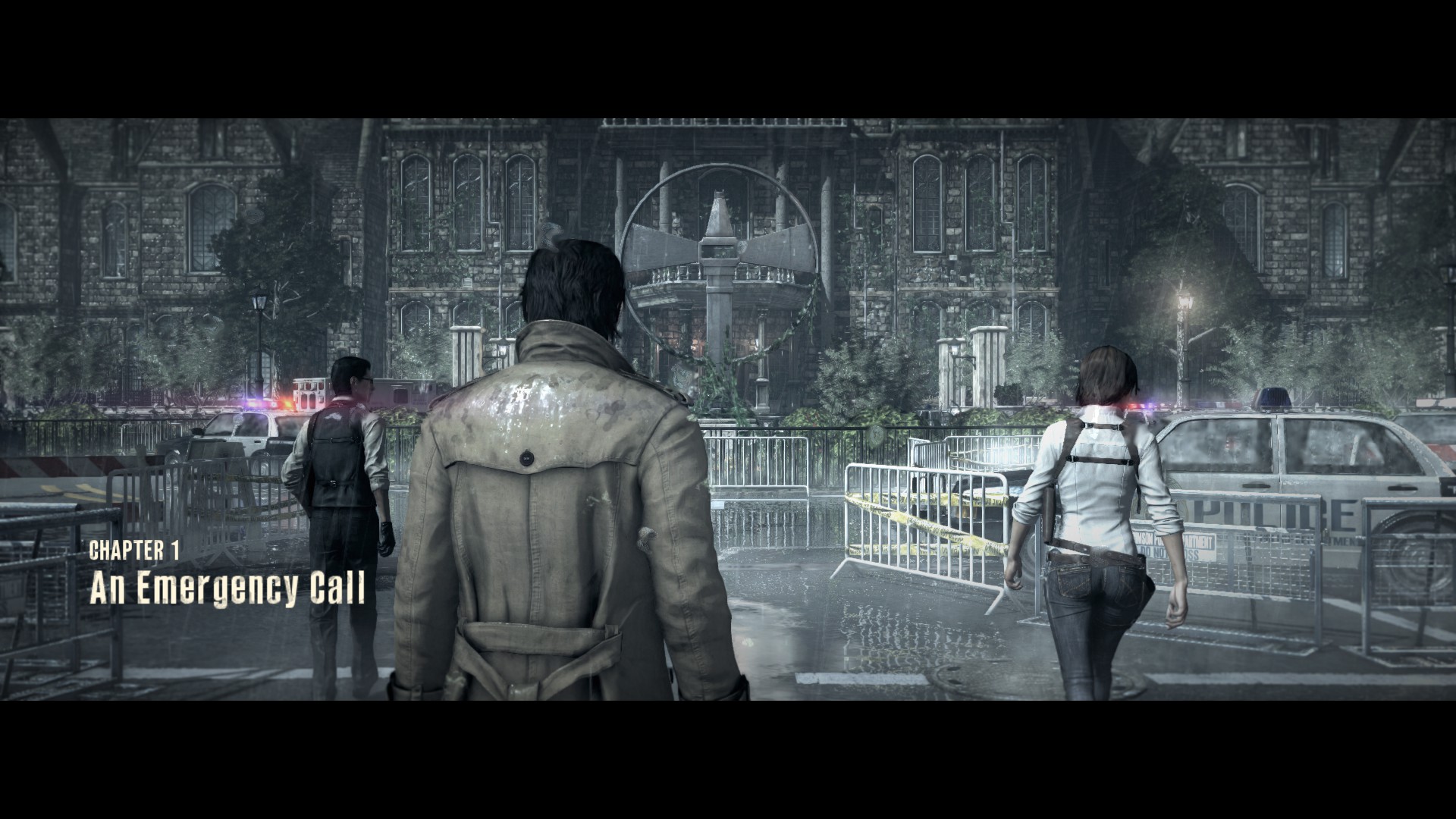
The game starts off with a bang, as players take the role of police detective Sebastian Castellanos, who is tasked with investigating several messy murders that happened within a mental institution (how original) along with his police buddies. Soon, all hell breaks loose when a disfigured man in a cowl suddenly attacks, and Sebastian is forced to flee for his life. From there, he encounters a whole laundry list of familiar horror entities; zombie types, ghosts; even a chainsaw wielding madman makes an appearance or five.
The Evil Within exists in a schizophrenic universe entirely its own, with many hits instead of misses. It has been described as a combination of Silent Hill and Resident Evil—style and gameplay wise, and in an ode to the former, developer Tango Gameworks makes sure to keep you on your toes at every turn. Much in the way that Dead Space kept constantly pushing the main protagonist forward in order to maintain the frenetic pacing that so many PC gamers seem to crave these days, so The Evil Within throws you into different game levels that have a minimal sense of cohesion, logic-wise.
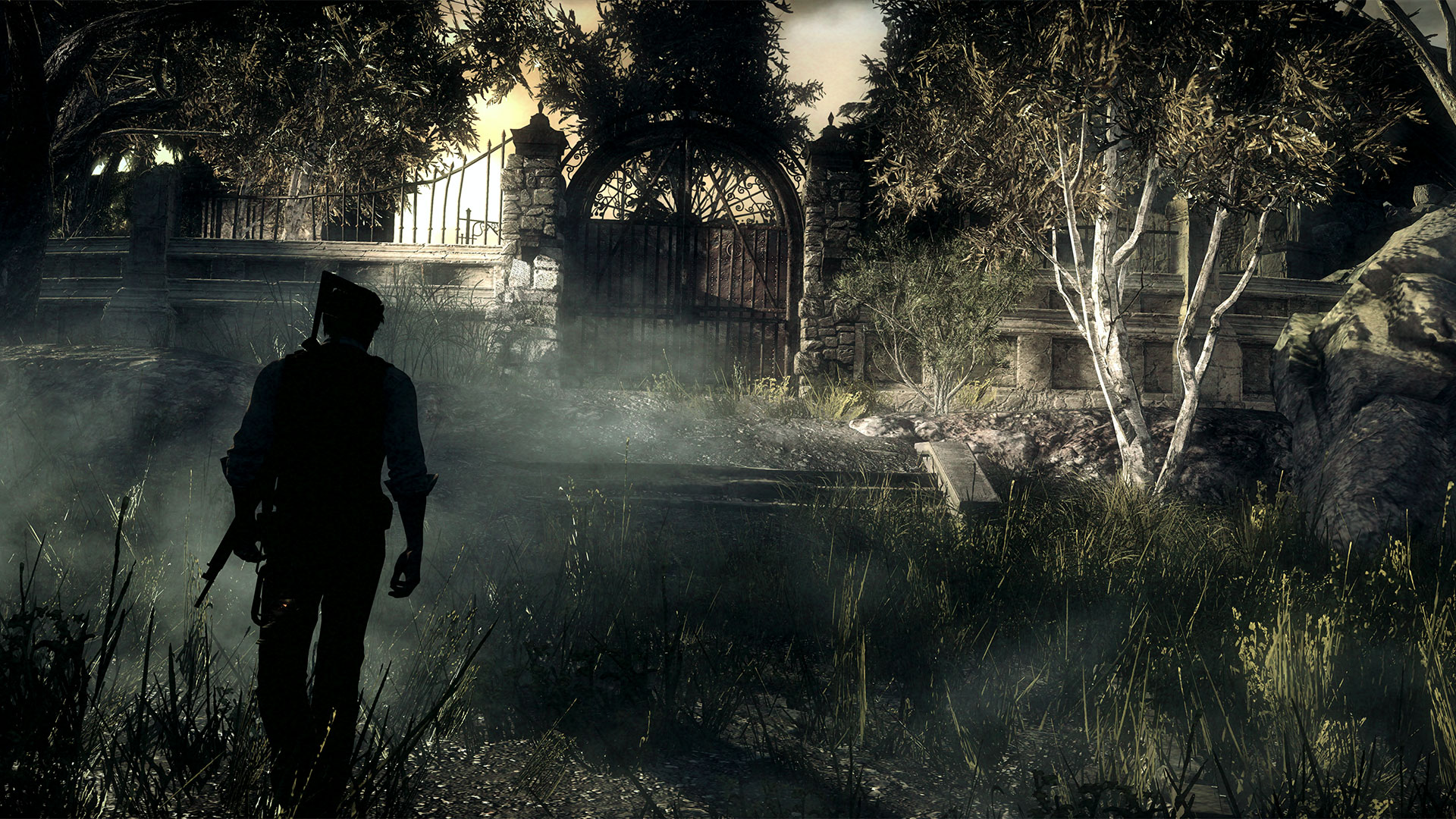
This can sort of be forgivable to a certain extent since part of the appeal of Evil is that it plays with your mind and that it’s hard to distinguish between what’s real and what isn’t. Unfortunately, it doesn’t always work, and sometimes it seemed that I was playing a game full of randomly designed levels, instead of it feeling like an immersive experience.
Gameplay wise, although The Evil Within falls within the survival-horror genre it definitely feels more action oriented than Outlast, or even Alien: Isolation, so in this respect it is more like the Resident Evil series. While this isn’t a terrible thing, being able to tote around guns (albeit with scarce ammo) and blast away at enemies can kind of diminish the horror factor, but you don’t always have to run and hide. To its credit, however, stealth is much preferred to running and gunning as enemies will make short work of you is you engage in too much of the latter. This combination of action and stealth was previously seen in one of Mikami’s more refined games (surprise!)—Resident Evil 4.
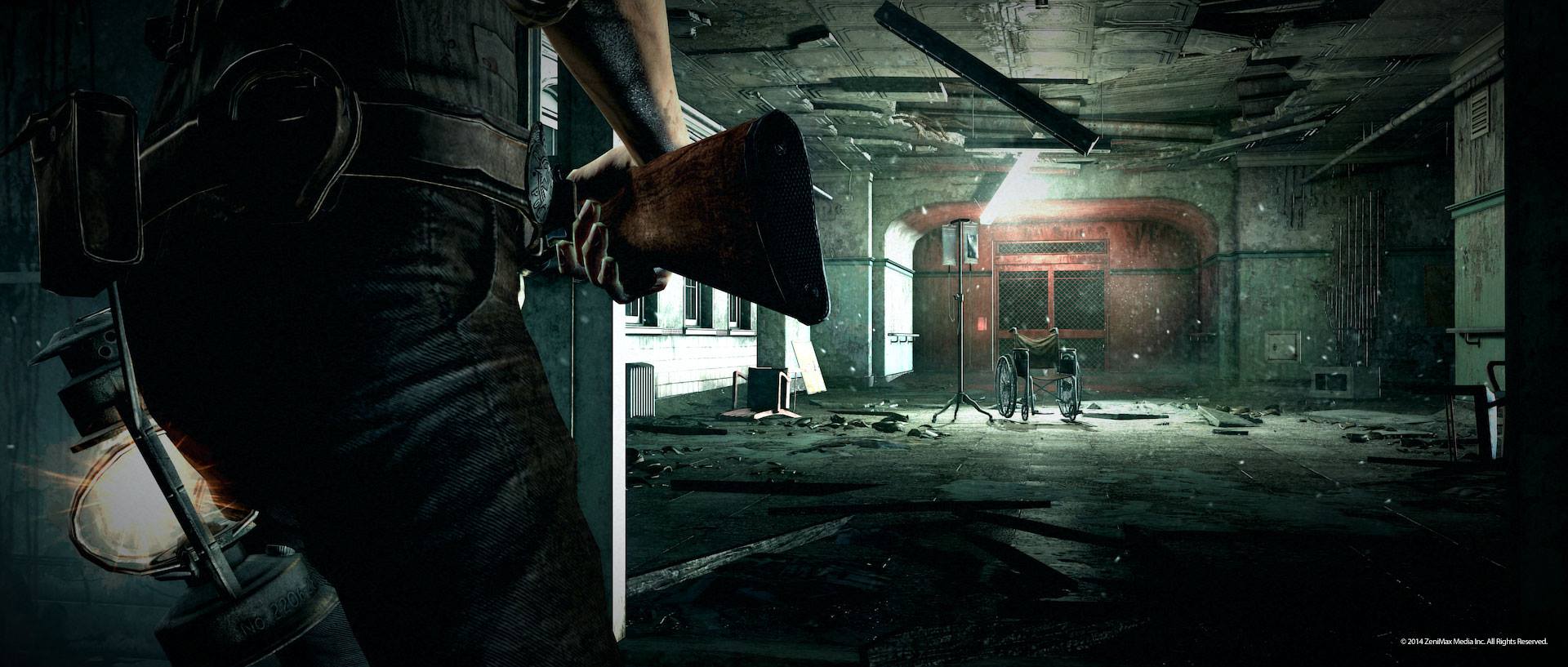
Despite some of its drawbacks, The Evil Within keeps a good pace going, and for the most part is fun to play. It kept me intrigued enough to wonder what horror awaited me around the next corner, and the next one beyond that, and so on. There are also a whole plethora of secret areas to discover where you can obtain special loot. Adding to the game’s replay value is the fact that there are different ways that you can approach each of the game’s levels and the scary antagonists within them.
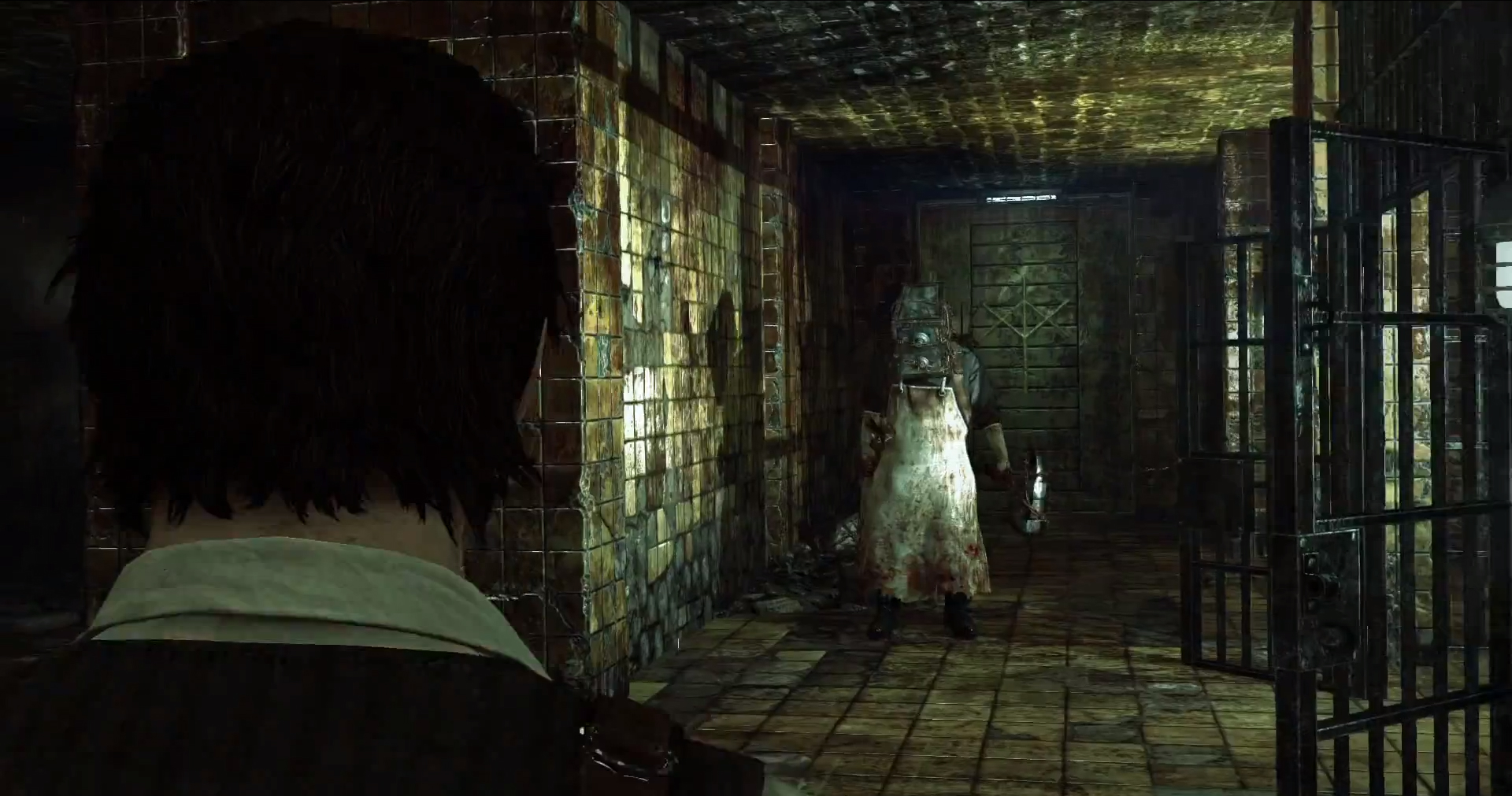
You’re probably wondering by now: “Is this a creepy game?” and that’s understandable since Evil is billed as a survival-horror game. This is highly subjective. For most modern gamers who watch a lot of dopey Youtube yahoos screeching and jumping up and down while playing supposedly scary games filled with nothing but jump scares, then perhaps. One thing I will say is that it does set a creepy mood and the atmosphere is grimy and forlorn. The excellent graphics only help to further immerse you in The Evil Within’s surreal setting, with environments looking almost photo-realistic. 4k gaming aficionados will see some real eye-candy, while those with even mid-range gaming PCs will also be entranced by its visuals. The minimal music also helps to draw you into the game just as any good horror film can do.
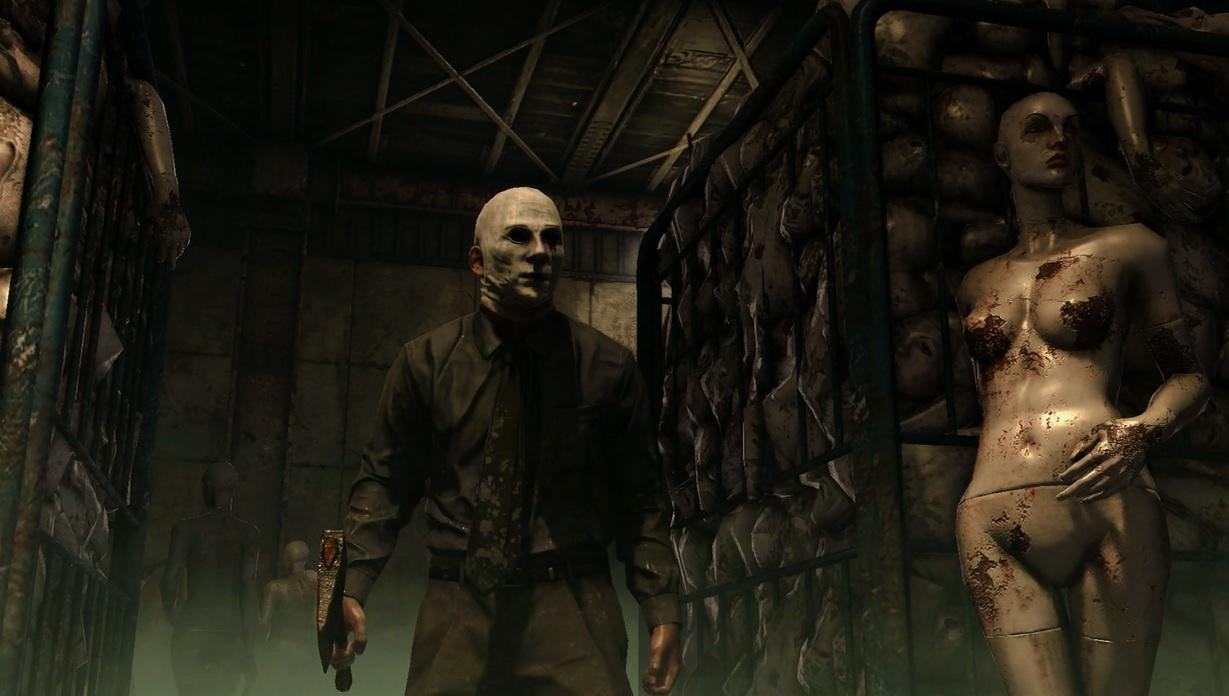
Overall, I found that The Evil Within was a fun game to play and a real thrill right, in spite of its minor shortcomings (crappy over-the-shoulder camera, spotty voice acting, etc.). It is an engaging survival-horror experience that kept me hooked from beginning to end. In all, it is a game about exploration, survival mainly through action with some stealth, and the whole thing can be completed in about twenty hours. It does, however, require a pretty powerful gaming PC to play, so upgrading your machine is a good idea—he’s a suggestion:
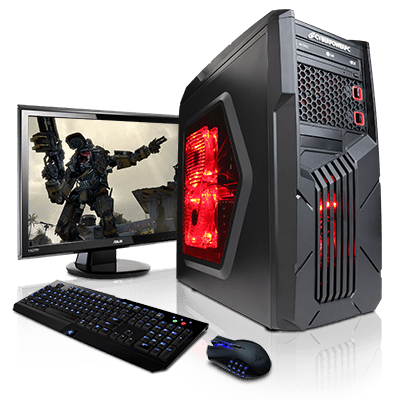
Visit CyberpowerPC’s website to find more great deals as well!